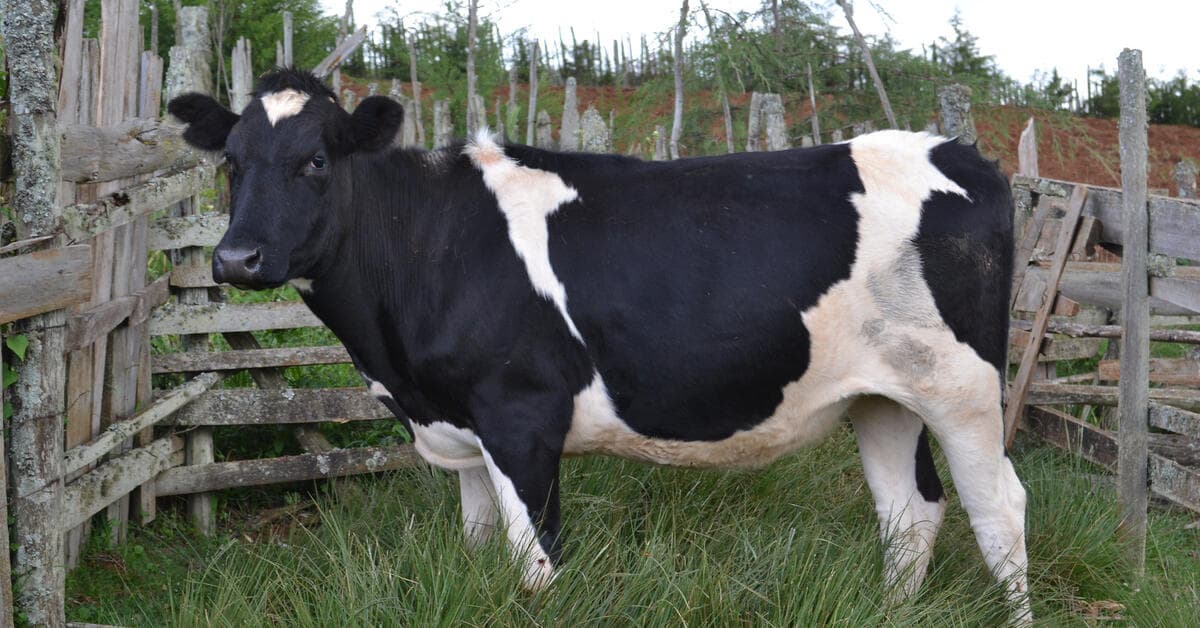Loading News Article...
We're loading the full news article for you. This includes the article content, images, author information, and related articles.
We're loading the full news article for you. This includes the article content, images, author information, and related articles.
Kenya's burgeoning livestock sector, a cornerstone of the nation's economy, is poised for a significant transformation through enhanced data collection and utilisation. This strategic shift aims to boost productivity

Kenya's livestock sector, a vital component of the national economy, is increasingly embracing datafication to unlock its full potential. This involves leveraging data-driven decision-making to enhance productivity, profitability, and resilience across the entire livestock value chain. The African Pastoral Markets Development (APMD) platform is actively working to strengthen data ecosystems and promote data diffusion to transform pastoral markets.
The sector contributes approximately 12% to Kenya's national Gross Domestic Product (GDP) and 42% to agricultural GDP, providing livelihoods for a significant portion of the population, particularly in Arid and Semi-Arid Lands (ASALs) where it accounts for 90% of employment and over 95% of family incomes. In 2023, Kenya produced a record 556,653 metric tons of meat, valued at KSh 304.6 billion, marking a 19.8% increase from 2022.
Historically, the contribution of livestock to Kenya's economy has been underestimated due to challenges in data collection, particularly concerning informal trade and household consumption. A 2011 joint review by the Intergovernmental Authority on Development (IGAD) and the Kenya National Bureau of Statistics (KNBS) revealed that livestock's contribution to agricultural GDP was more than two and a half times larger than official estimates for 2009.
Recognising the sector's importance, the Kenyan government has initiated the development of a Livestock Master Plan (LMP) to guide sustainable investments through evidence-based analysis. Key policy documents, including Sessional Paper No. 3 of 2020 on Livestock Policy and the Livestock Bill 2020, aim to strengthen the legal and institutional framework. The Ministry of Agriculture, Livestock, Fisheries and Cooperatives (MoALF&C) has also embraced a digitisation strategy to enhance the use of Information and Communication Technology (ICT) in service delivery.
For pastoralists and smallholder farmers, timely and reliable data on pasture availability, rainfall patterns, disease outbreaks, and market price trends are crucial for informed decision-making, enabling them to plan livestock movements, control stock levels, and mitigate losses during climate adversities. Digital platforms, such as mobile-based price dashboards and digital auction platforms, offer greater visibility into market trends, benefiting those in remote areas.
The government's Animal Identification and Traceability System (ANITRAC), currently piloted on government farms, aims to tag every animal with a chip containing details like ownership, breed, weight, and vaccination records. This system is expected to reduce cattle rustling and facilitate exports by allowing international buyers to verify meat sources.
Despite the opportunities, challenges persist. Infrastructure limitations, including unreliable internet connectivity and electricity, hinder effective data collection and analysis. A shortage of skilled data scientists and analysts in government institutions also impedes the interpretation and application of complex data insights. Furthermore, inconsistent data collection methods and a lack of uniformity across various sources pose challenges to data quality and standardisation.
The informal nature of a significant portion of the livestock sector also presents a hurdle to comprehensive data capture and organised development. Climate change, with its increasingly volatile weather patterns and frequent extreme events, exacerbates existing challenges, making data-driven strategies even more critical for resilience.
While the potential of datafication is widely acknowledged, the actual impact of digital farming services on farm productivity and job creation in Kenya remains largely unproven. Many such services currently rely heavily on subsidies from governments and donors. More rigorous research is needed to ascertain the true value generated for farmers.
In February 2025, the Kenyan government launched a mass livestock vaccination drive using locally manufactured veterinary vaccines to improve domestic and export supply. The nationwide implementation of the ANITRAC system is also a key next step in enhancing traceability and combating cattle rustling.
The ongoing development and implementation of the Kenya Livestock Master Plan (LMP) will be crucial in shaping the sector's future. The effectiveness of the ANITRAC system in curbing cattle rustling and boosting exports will also be a critical indicator of success. Continued investment in digital infrastructure and capacity building for data analytics will be essential for the sustained growth and resilience of Kenya's livestock sector.
Keep the conversation in one place—threads here stay linked to the story and in the forums.
Other hot threads
E-sports and Gaming Community in Kenya
Active 6 months ago
Popular Recreational Activities Across Counties
Active 6 months ago
The Role of Technology in Modern Agriculture (AgriTech)
Active 6 months ago
Investing in Youth Sports Development Programs
Active 6 months ago